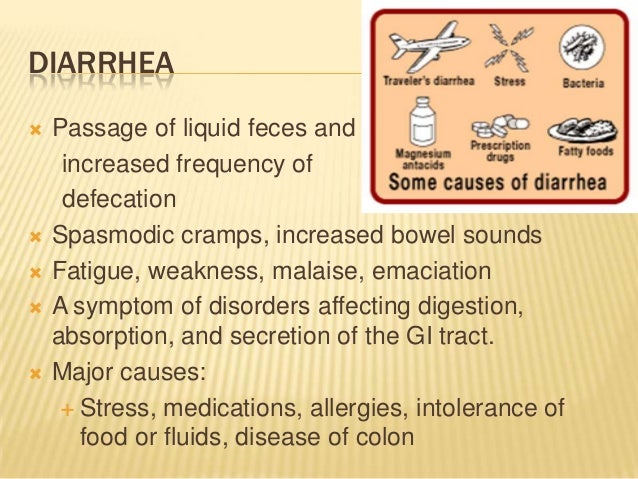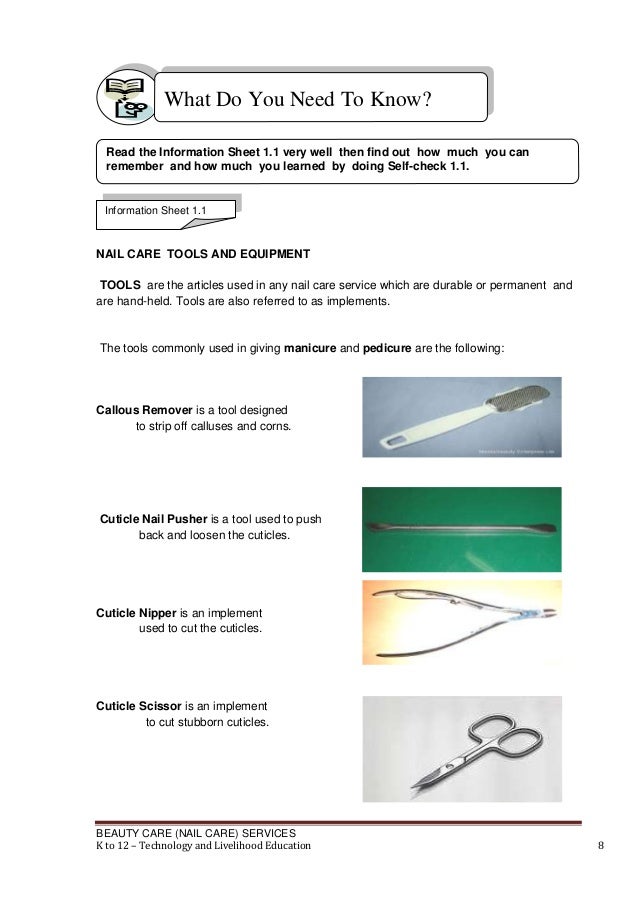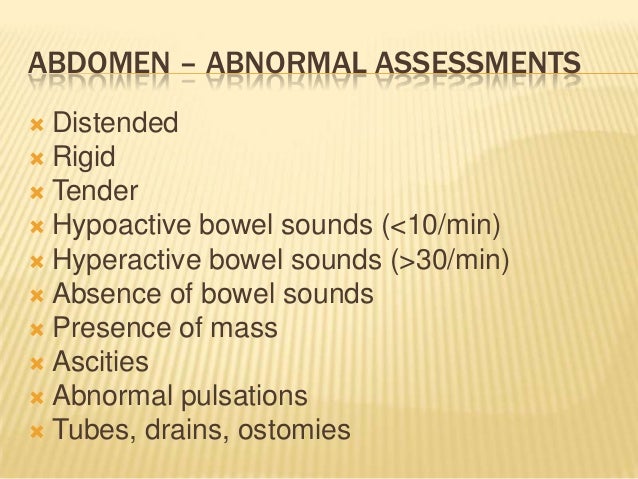Bowel Sound Learning Module Defined
Normal findings: tympany predominate, dull quality heard moving from lung resonance to percussion to sound changes in liver area. Normal liver span is 6-12 cm overall mean is 10.5cm for males and 7 cm for females. Scratch test? Splenic dullness normally not wider than 7 cm and not encroach on normal tympany over gastric air bubble. Tympany heard on left anterior axillary line and left midaxillary line. Vibration on fist percussion on back on 12th rib abnormal findings: hyperresonance heard on general tympany, in liver span there is abnormal height of liver span indicating hepatomegaly, dull note on midaxillar line indicates enlargement of spleen.
A Unit-Based Educational Plan. Assess the learning needs of staff. Define the learners. Conduct a needs assessment. Analyze the needs assessment data. Develop a master education. ______ Self-learning modules. ______ Journal article. Breath sounds, heart sounds, and bowel sounds, group these top- ics under the. Title: Critical Thinking/Clinical Reasoning Module Learning Objectives: Upon completion of this education module, the newly licensed registered nurse will: 1. Define critical thinking/clinical reasoning. Describe what critical thinking is and how it relates to the practice of nursing. Abdominal, or bowel, sounds refer to noises made within the small and large intestines, typically during digestion. They’re characterized by hollow sounds that may be similar to the sounds of.
Change of percussion from typnay to dull sound with full inspiration on left ant. Axillary line is postive spleen percussion indicating splenomegaly. Sharp pain occurs with inflammation to kidney or paranephric area (after fist percussion on 12th rib).

A patient with pancreatic cancer is admitted to the hospital for evaluation of possible treatment options. The patient asks the nurse to explain the Whipple procedure that the surgeon has described. The explanation includes the information that a Whipple procedure involves: a. Creating a bypass around the obstruction caused by the tumor by joining the gallbladder to the jejunum b. Resection of the entire pancreas and the distal portion of the stomach, with anastomosis of the common bile duct and stomach into the duodenum c. Removal of part of the pancreas, part of the stomach, the duodenum, and the gallbladder, with joining of the pancreatic duct, common bile duct, and stomach into the jejunum d.radical removal of the pancreas, duodenum, and spleen, and attaching the stomach to the jejunum, which requires oral supplementation of pancreatic digestive enzymes and insulin replacement therapy. The nurse is preparing to administer a scheduled dose of docusate sodium (Colace) when the patient complains of an episode of loose stool and does not want to take the medication.
Which of the following is the appropriate action by the nurse? Write an incident report about this untoward event. Attempt to have the family convince the patient to take the ordered dose. Withhold the medication at this time and try to administer it later in the day.
Chart the dose as not given on the medical record and explain in the nursing progress notes. The nurse is caring for a 68-year-old patient admitted with abdominal pain, nausea, and vomiting. The patient has an abdominal mass and a bowel obstruction is suspected.
The nurse auscultating the abdomen listens for which of the following types of bowel sounds that is consistent with the patient's clinical picture? Low pitched and rumbling above the area of obstruction B) b. High pitched and hypoactive below the area of obstruction C) c.
Low pitched and hyperactive below the area of obstruction D) d. High pitched and hyperactive above the area of obstruction. The nurse is preparing to insert a nasogastric tube into a 68-year-old patient with an abdominal mass and suspected bowel obstruction. The patient asks the nurse why this procedure is necessary.

Which of the following responses is most appropriate? 'The tube will help to drain the stomach contents and prevent further vomiting.'
Ethnic group. 'The tube will push past the area that is blocked, and thus help to stop the vomiting.' 'The tube is just a standard procedure before many types of surgery to the abdomen.'
Learning Module Definition
'The tube will let us measure your stomach contents, so that we can plan what type of IV fluid replacement would be best.' The nurse asks a 68-year-old patient scheduled for colectomy to sign the operative permit as directed in the physician's preoperative orders. The patient states that the physician has not really explained well what is involved in the surgical procedure. Which of the following is the most appropriate action by the nurse? Ask family members whether they have discussed the surgical procedure with the physician. Have the patient sign the form and state the physician will visit to explain the procedure before surgery. Explain the planned surgical procedure as well as possible, and have the patient sign the consent form.
Delay the patient's signature on the consent and notify the physician about the conversation with the patient. The nurse is caring for a postoperative patient with a colostomy. The nurse is preparing to administer a dose of famotidine (Pepcid) when the patient asks why the medication was ordered since the patient does not have a history of heartburn or gastroesophageal reflux disease (GERD).
Which of the following would be the most appropriate response by the nurse? 'This will prevent air from accumulating in the stomach, causing gas pains.' 'This will prevent the heartburn that occurs as a side effect of general anesthesia.' 'The stress of surgery is likely to cause stomach bleeding if you do not receive it.' 'This will reduce the amount of HCl in the stomach until the nasogastric tube is removed, and you can eat a regular diet again.' The family of a patient newly diagnosed with hepatitis A asks the nurse what they can do to prevent becoming ill themselves. Which of the following responses by the nurse is most appropriate?
'The hepatitis vaccine will provide immunity from this exposure and future exposures.' 'I am afraid there is nothing you can do since the patient was infectious before admission.' 'You will need to be tested first to make sure you don't have the virus before we can treat you.' 'An injection of immunoglobulin will need to be given to prevent or minimize the effects from this exposure.'
When caring for a patient with liver disease, the nurse recognizes the need to prevent bleeding resulting from altered clotting factors and rupture of varices. Which of the following nursing interventions would be appropriate to achieve this outcome (select all that apply)? Use smallest gauge possible when giving injections or drawing blood. Teach patient to avoid straining at stool, vigorous blowing of nose, and coughing.
Advise patient to use soft-bristle toothbrush and avoid ingestion of irritating food. Apply gentle pressure for the shortest possible time period after performing venipuncture. Instruct patient to avoid aspirin and NSAIDs to prevent hemorrhage when varices are present. A patient with type 2 diabetes and cirrhosis asks the nurse if it would be okay to take silymarin (milk thistle) to help minimize liver damage.

The nurse responds based on knowledge that A) a. Milk thistle may affect liver enzymes and thus alter drug metabolism. Milk thistle is generally safe in recommended doses for up to 10 years. There is unclear scientific evidence for the use of milk thistle in treating cirrhosis.
Milk thistle may elevate the serum glucose levels and is thus contraindicated in diabetes.